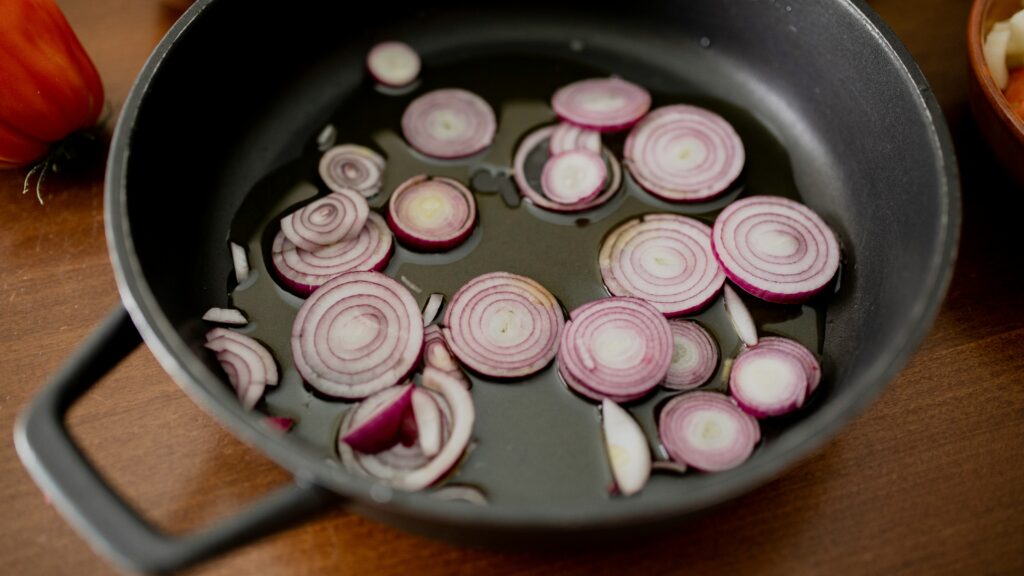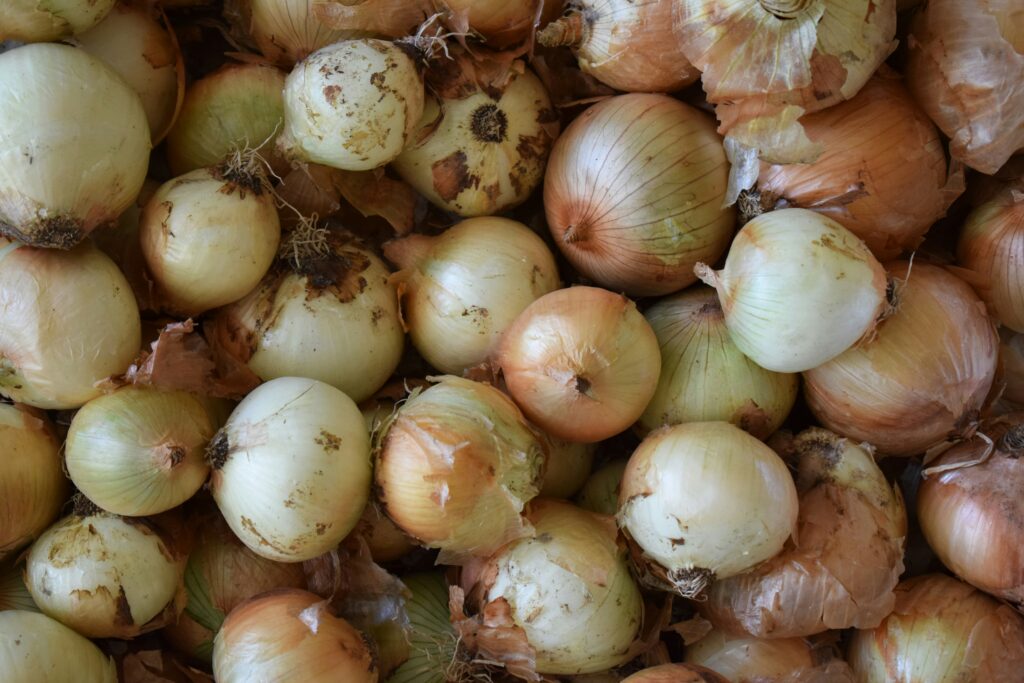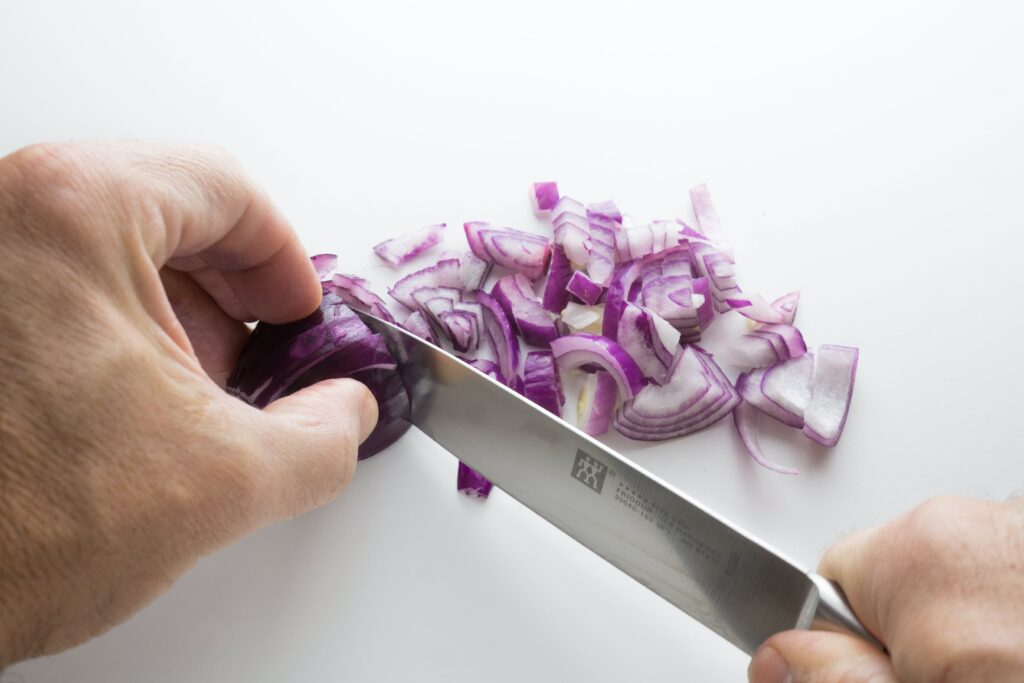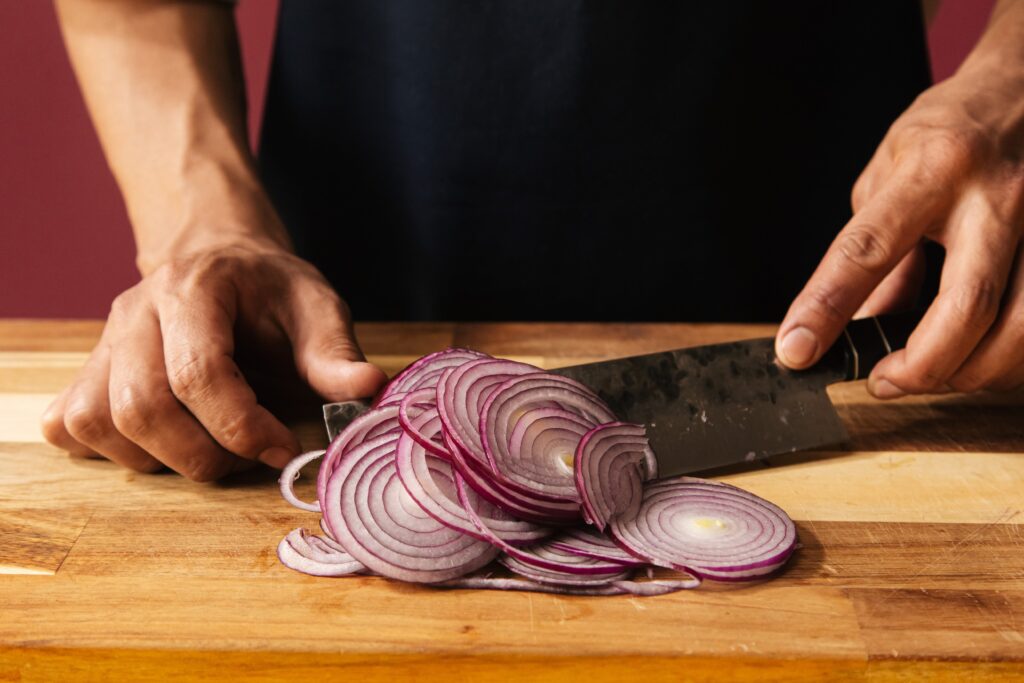In addition to being useful in the lab, having a good knowledge of chemistry can be important in other places as well, such as the kitchen! Many processes that occur in the kitchen, from cutting, to frying, to grilling, all involve chemical changes that make food delectable. One such reaction that you may have heard of is called caramelization.
Caramelization is the process in which foods with sugars are cooked down over time. In most cases, caramelization causes foods to become brown, thicker, and often more sweet.
If you are interested in learning the magic behind the caramelization process, keep reading. Today, we will take an in-depth look at what that process looks like, and how to apply to carmelize onions of your very own!
What is Carmelization?

In short, caramelization is a chemical process that occurs during the heating of foods that contain sugars. Every sugar has a slightly different caramelization temperature, which is important to know when cooking. For every sugar, the process involves the breaking of chemical bonds, the condensation of water, and then the polymerization of new sugars.
To begin the process, caramelization starts by breaking down bonds within existing sugars. For sugars such as sucrose (disaccharides), they break down into smaller sugars such as glucose and fructose. This complex process is known as a sucrose inversion.
After the sugars break down, they begin to dehydrate, losing water and condensing as a result. Condensation drives further reactions in the sugars, such as isomerization into molecules such as ketoses.
At the very end, these processes drive caramelization to a final major process: polymerization. Put simply, after dehydration, these smaller sugars react, bonding to each other to form long polymerized sugars with long chain lengths. Some major products of caramelization include compounds such as carnelian, carmelen, and carmelin.
How to Carmelize Onions

Onions are great to try out the process of caramelization with, as they contain plenty of natural sugars and water. Additionally, it is easy to tell when onions carmelize, as they become glassy, and their flavor becomes sweet and delectable. Many people adore carmelized onions, as they don’t pack the same punch that raw onions do.
To begin the process, you should choose your onion. Many people prefer to use yellow onions, as they have an ideal amount of sugar (as compared to less sweet onions, such as red onions). You should cut your onion into pieces that are ⅛ inch thick. Make sure to not cut too big or too small, as that can induce burning.
For caramelization, you should choose a pan that allows your onions to have full contact with the heated surface. You can use low-medium heat for this process, as it helps to prevent the burning and dehydration of your onions. Prime your cooking surface with a tablespoon or so of olive oil to get the process started!
After your pan is heated with oil, you can add in your onions, and…ta-da, the process has begun! From here, you just need to stay near the pan and stir it occasionally to prevent burning. If you find that your onions are drying out or even burning, turn down the heat, or consider adding a bit of oil. One major problem that people run into with caramelization is patience. Don’t rush your cooking, proper caramelization can take up to 30-40 minutes depending on your onion.
Soon enough, if you follow these simple steps, your onions should begin to condense and darken in color. You should also notice that there is a syrup-like substance coating the onions; this is the sugar you worked so hard to polymerize!
Summary
To sum up the process, here is a condensed bulleted list of the major steps for the caramelization of an onion:
- Obtain your onion and cut it into pieces that are around ⅛ an inch
- Preheat your pan to a medium or low temperature, making sure that it doesn’t reach high temperatures in the process
- Oil your pan with a tablespoon or two of your favorite oil. If you aren’t a fan of oil, you can also use a small amount of butter
- Once heated, put your onions in the pan
- Stir your onions regularly; you may need to stir less in the beginning, but you should at least check back every 2-5 minutes
- Regularly stir while heating your onions until they develop a golden brown color and soft texture
- Near the end of the process, you may want to turn your heat down to have better control over the caramelization of your onions
When you reach a consistency that is softened and sweet but not too mushy, you are done! Give yourself a pat on the back and prepare to enjoy some of the most delicious onions of your entire life.



